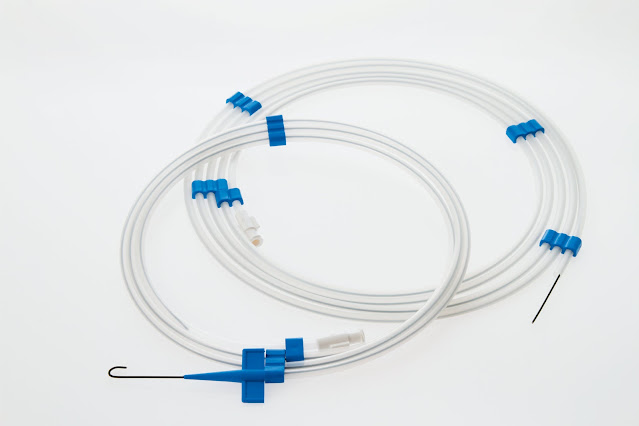Understanding Guidewires: How They Aid in Minimally Invasive Procedures
Guidewires play a crucial role in modern medicine, particularly in the field of minimally invasive procedures. These thin, flexible wires are designed to navigate through the body's intricate pathways, providing a guide for the introduction and placement of various medical devices and instruments. Here's a closer look at how to aid in minimally invasive procedures.
Minimally invasive
procedures, also known as minimally invasive surgery or interventional
procedures, involve accessing the targeted area of the body through small
incisions or natural body openings. This approach offers numerous advantages
over traditional open surgery, including reduced trauma, faster recovery,
shorter hospital stays, and minimal scarring. serve as the initial pathway for
accessing the target site and facilitate the introduction of other medical
devices.
One of the primary
functions of guidewires is to navigate through the body's complex anatomical
structures, such as blood vessels, bile ducts, urinary tracts, or the
gastrointestinal system. These wires are designed to be flexible and
maneuverable, allowing them to be easily advanced through tortuous paths and
around bends. They are available in various lengths, diameters, and tip
configurations to accommodate specific procedural requirements.
Guidewires
are commonly used in a range of minimally invasive procedures, including
angioplasty, stenting, endovascular interventions, ureteroscopy, laparoscopic
surgeries, and many more. In interventional cardiology, for instance, are
utilized to access and navigate the coronary arteries during procedures like
percutaneous coronary interventions (PCI) and coronary angiography. They
provide a pathway for the insertion of balloon catheters, stents, or other devices
to treat blockages or perform diagnostic tests.
In addition to their
navigation also offer other key functionalities. They can act as a support
system for other devices, helping to guide and stabilize catheters or other
instruments during the procedure. Some Guidewires are designed with specific
features such as hydrophilic coatings, radiopaque markers, or shape-memory
properties to enhance their performance in specific procedures or anatomical
locations.
The selection of appropriate Guidewires depends on
various factors, including the procedure being performed, the anatomical site,
the physician's preference, and patient-specific considerations. Factors such
as wire flexibility, stiffness, and tip shape are carefully chosen to ensure
safe and effective navigation within the body.
Overall, indispensable
tools in minimally invasive procedures, enabling precise and controlled access
to targeted areas. Their flexibility, maneuverability, and support capabilities
make them essential for successful outcomes in various medical specialties. As
technology continues to advance, is likely to undergo further refinement,
offering even greater functionality and precision in navigating the
complexities of the human body, and contributing to the advancement of
minimally invasive medicine.




Comments
Post a Comment